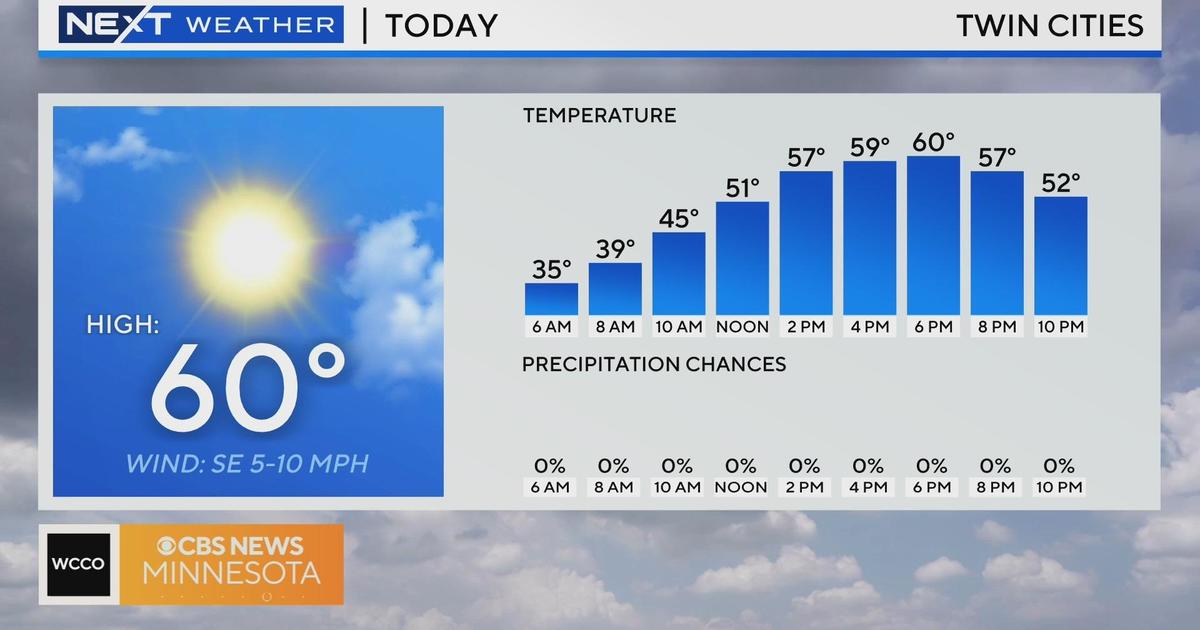Weather Blog: La Nina Is Back
MINNEAPOLIS (WCCO) -- La Nina, which influenced a rash of extreme weather across the globe over the past year, has re-developed and is forecast to strengthen into the upcoming winter.
The La Nina episode, which began in June 2010 and continued through spring of this year, began to weaken and shift to a neutral phase this summer. However, in August, a La Nina phase began to reemerge.
On Thursday, forecasters with the National Oceanic and Atmospheric Administration's (NOAA) Climate Prediction Center upgraded last month's La Nina Watch to a La Nina Advisory.
The La Nina of 2010-2011 was the strongest on record and contributed to record snowfall, severe weather of above-average frequency and severity, and record drought across the United States. Also, there was extreme weather around the world, including devastating flooding in Australia.
La Nina is a climatic phenomenon, originating in the equatorial Eastern Pacific Ocean, during which the sea-surface temperatures cool to temperatures 3-5 degrees Celsius below-average. Changes in global atmospheric circulation patterns accompany this shift.
The cold counterpart to El Nino, La Nina typically occurs every three-to-five years. Back-to-back La Nina episodes occur about 50 percent of the time.
Historically, La Nina winters yield drier than normal conditions across the southern tier of the U.S., and wetter than average conditions in the Pacific Northwest and Ohio Valley. For the north-central states increased precipitation is likely with colder than normal temperatures.
Last year's La Nina winter in Minnesota yielded the fourth snowiest season on record in the Twin Cities with 86.6 inches. This includes the fifth biggest snowstorm on record in the Twin Cities, which occurred Dec 10-11 and produced 17.1 inches of snow.



